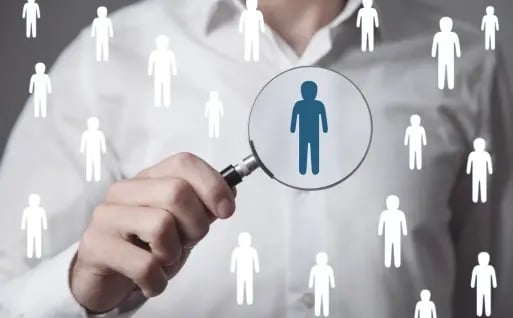

The security industry plays a crucial role in protecting people, property and sensitive information. However, the safety of its own employees is often not treated with the same priority. Security guards often work in difficult conditions, whether alone in remote locations, at night or in dangerous environments. To minimize the risk to their own employees, security companies should increasingly rely on modern technologies and comprehensive security strategies.
Special features of the security industry
Security guards are not only concerned with minimizing danger to others, but also expose themselves to considerable risks. These can range from physical violence to isolated working conditions where help is not immediately available in an emergency. Especially in situations where an employee is working alone, it is a top priority for the company to take appropriate protective measures to ensure the safety and health of their employees.
Lone worker protection: a must for security companies
In many security areas, such as patrols or surveillance of remote sites, employees are often travelling alone. Protecting such lone workers is a major challenge, as there is no direct support nearby in an emergency. This is where lone worker protection comes into play, a combination of technical solutions and organizational measures to ensure the well-being of the employee.
Technical solutions as protection
Modern technologies such as mobile patrol software solutions can help to significantly reduce the risks for lone workers. The most important functions include:
- GPS tracking: by using GPS devices, an employee's location can be tracked in real time. This is particularly useful if the employee is working in remote or dangerous areas. In the event of an emergency, help can be sent immediately to the employee's exact location.
- Communication channels: Regular radio or smartphone contact with the control center is important to monitor the status of a lone worker. In the event of a sudden communication failure, the company can immediately check on the situation.
- Mandatory routine notifications: Employees check in at regular intervals via an app to signal that everything is in order. If an employee misses check-in, this is regarded as an alarm and appropriate measures can be initiated.
- Panic alarms: In dangerous situations, employees can send emergency signals. This is done, for example, by repeatedly pressing a smartphone button. In this way, help can be called for immediately, even in dangerous situations.
- Dead man's alarms: The dead man's alarm is a special function that is activated in emergency situations in which an employee is no longer able to call for help themselves. This technology is essential for security companies and has the potential to save lives. A dead man's alert device monitors the wearer's movements. If no movement is registered for a certain period of time, for example because the employee has fallen or become unconscious, the system automatically triggers an alarm. This alarm is then forwarded to a central control center or a nearby employee who can organize or provide immediate assistance. In combination with GPS, the exact location of the employee can be transmitted, leading the emergency services directly to the scene of the accident.
Organizational measures for security guard safety
In addition to technology, organizational measures should also be taken:
- Risk assessments: Before a new assignment, companies should carry out a comprehensive risk assessment. This ensures that potential sources of danger can be identified and minimized.
- Training: Training employees in emergency procedures, first aid and self-defense is helpful in minimizing risk. This also gives employees a greater sense of security and boosts their self-confidence.
- Buddy systems: In particularly dangerous areas, it can be useful to have two employees working as a team so that someone is always on hand to provide support in an emergency.
The importance of a holistic safety concept
To ensure the safety of their employees, security companies should rely on a comprehensive security concept. Technical solutions such as GPS tracking, lone worker protection systems and dead man's alarms offer effective ways to minimize risks. In combination with organizational measures such as training and risk assessments, companies can create a safe working environment. Investing in the safety of their own employees not only ensures increased employee satisfaction, but also strengthens confidence in the company as a responsible employer.
Subscribe

